







According to the Amer ican Cancer S ociety, breas t cancer mainly occur s in middle - aged or older women. In fact, the median age at the time of a breas t cancer diagnosis is 62. Though it’s possible for women far younger than 62 to be diagnosed with breas t cancer, the ACS repor ts that only a ver y small number of women younger than 45 are diagnosed with the disease each year. Despite the average age of onset being over 60, breas t cancer is highly treatable. The Wor ld Health Organi zation notes that breas t cancer treatments routinely achieve sur vival probabilities of 90 percent or higher.
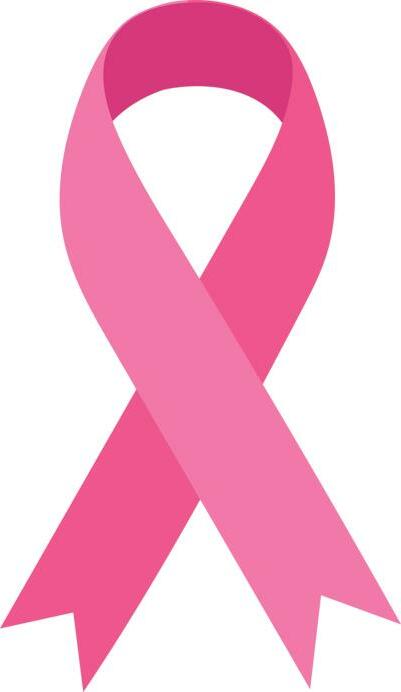


“Fight li ke a gir l, because your sons and daughter s wi ll see your s trength, and know tha t‘s w ha t they’re made from. You’re forever my hero mom.”
Love always, Ryan
Did you know? - Self-exams
Breast cancer means rolling with the punches

7 ways to reduce breast cancer risk

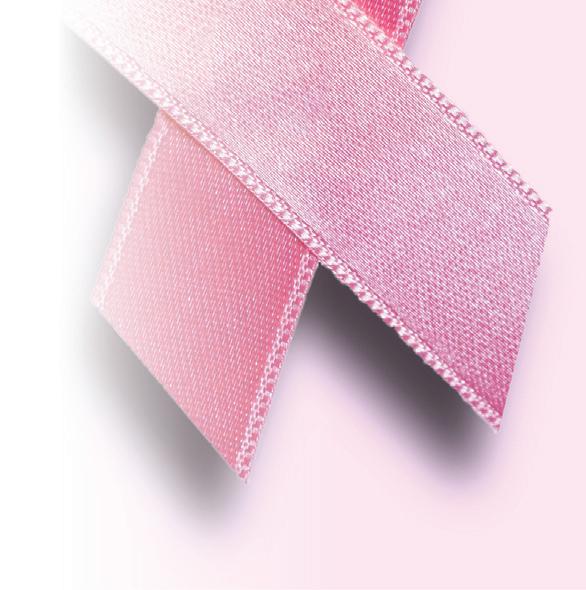
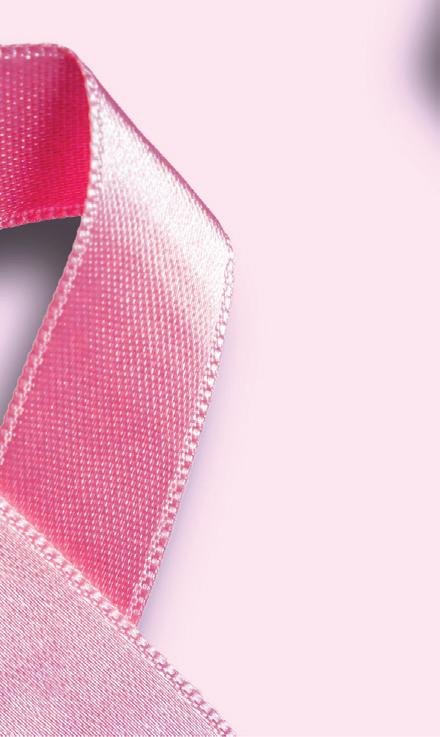
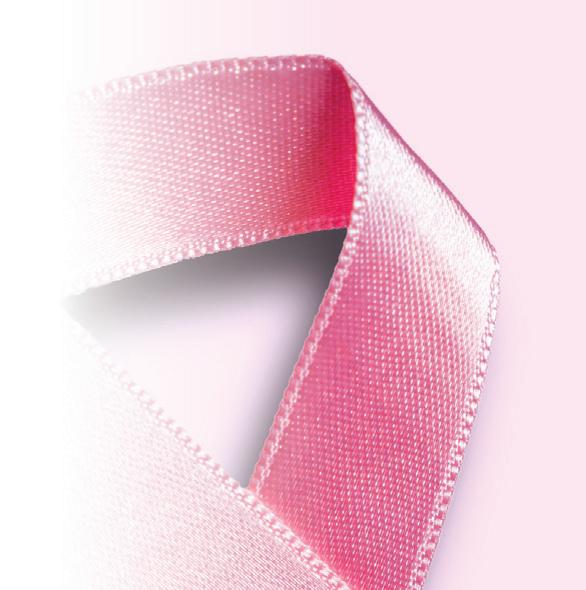
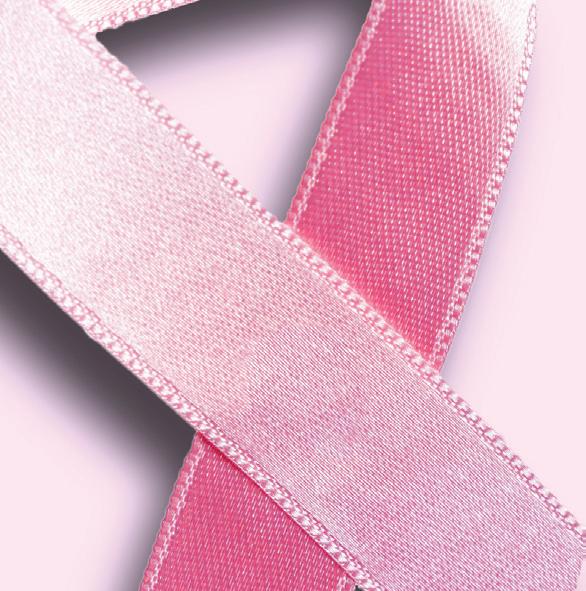


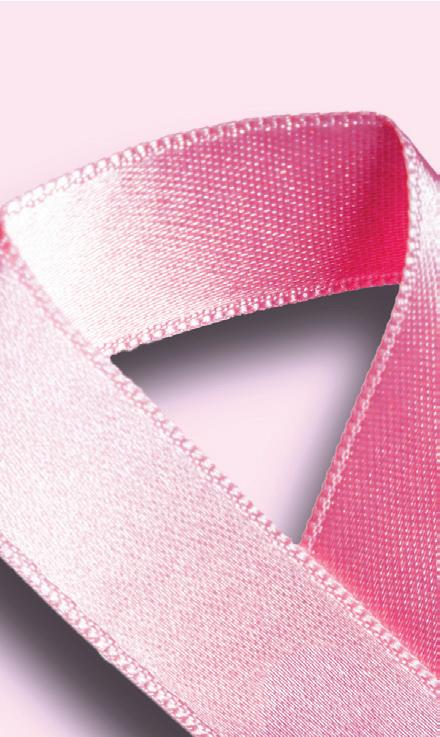

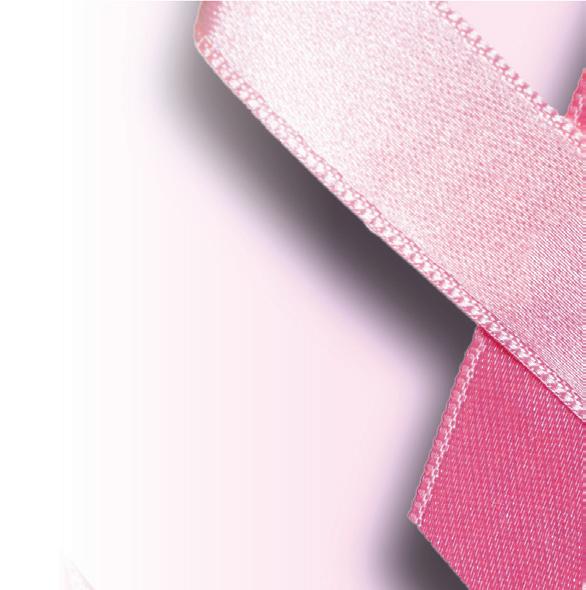
Did you know? - Median age of diagnosis
Family history increases risk for breast cancer
Potential warning signs for breast cancer
Breaking down the stages of breast cancer



3 Treatments options for breast cancer patients
How to discuss a cancer diagnosis with your employer
Various
organizations urge women to familiarize themselves with their breasts and conduct somewhat routine selfexams so they can uncover any lumps or other issues that may warrant further examination by a physician. Though self-exams can lead to discovery of breast cancer when the disease is most treatable, the World Health Organization notes that as many as 90 percent of breast masses are not cancerous. Non-cancerous abnormalities may be benign masses such as fibroadenoma and cysts or indicative of infection. It’s also important that women recognize that breast cancer is not always accompanied by a lump. In fact, the Mayo Clinic reports that many women with breast cancer never experience any signs or symptoms of the disease. In such instances, the disease is discovered during screening tests, which include mammograms.
October is Breast Cancer Awareness Month, and that has many thinking about the disease that afflicts hundreds of thousands in the United States each year.
People like Cathy Keller. When she visited the ribbon cutting for OSF Moeller Cancer Center in 2019, she had no idea she’d be using the services two years later. Now, the 66-year-old Godfrey resident is telling other breast cancer patients: you can get through it, too.
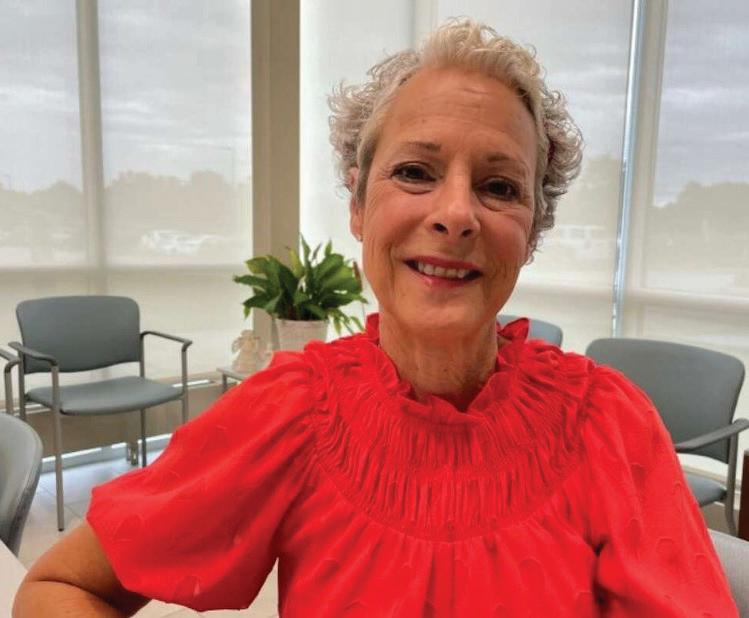
“You have to roll with the punches,” Keller says.
Heather Chambers, a breast health navigator at Moeller Cancer Center, was with Keller from the beginning. She, too, is a breast cancer survivor.
Chambers says one in eight women will develop breast cancer. Older people are at a higher risk than younger, but younger people typically have more aggressive cancer.
“A huge, huge problem,” as Chambers puts it. Chambers explains that woman make hormones, especially estrogen, all their life.
“A lot of the hormones in [a woman’s] body are like a fuel to a cancer cell,” Chambers explains. “When you get an abnormal cell, estrogen in our bodies fuels that cell and produces and produces. And you get a mass. And then you have breast cancer.”
Chambers says those breast cancer tumors can develop over time.
Dr. Alejandro Sanz is a surgeon at OSF HealthCare
in Alton who specializes in breast cancer. He says around 233,000 U.S. residents hear the words
“You have breast cancer” each year. Around 40,000
people die annually from the disease.
Keller got her diagnosis in April of 2021, followed by a lumpectomy the next month. In June, she wound
up under the care of Drs. Manpreet Sandhu and James Piephoff, oncologists at Moeller Cancer Center, for chemotherapy and radiation.
Keller says she knew she
would get the best care at Moeller.
Keller’s first round of chemotherapy produced the serious allergic reaction known as anaphylactic
shock, and at that point she wanted to quit, as the treatment was preventative. But Sandhu advised against that.
“She took it upon herself to find a chemo that would not affect me at all,” Keller says. “And it didn't. The way it was delivered was very different from the way the first chemo was delivered. I didn't have to take the Benadryl. I didn't have to take the steroids.”
To put it a different way: Sandhu “went to bat for me,” Keller says with conviction and a slight tear in her eye. But Keller wasn’t out of the woods yet. Midway through the new type of chemotherapy, she began to suffer neuropathy, or nerve damage that typically results in loss of feeling in your hands and feet.
Sandhu proposed a simple solution.
“I would hold on to little Ziploc bags of ice,” Keller explains. “And they put them on my feet so that the smaller vessels would constrict a little bit so I wouldn't get all that chemo right back down in there.”
The life hack worked long enough to earn Sandhu’s OK to end that particular treatment.
Keller’s lesson in all this: Expect a bumpy road, but know you have to stick with your cancer treatment. And trust that your providers are doing the best for you. Sanz says providers will hold up their end of that commitment, too.
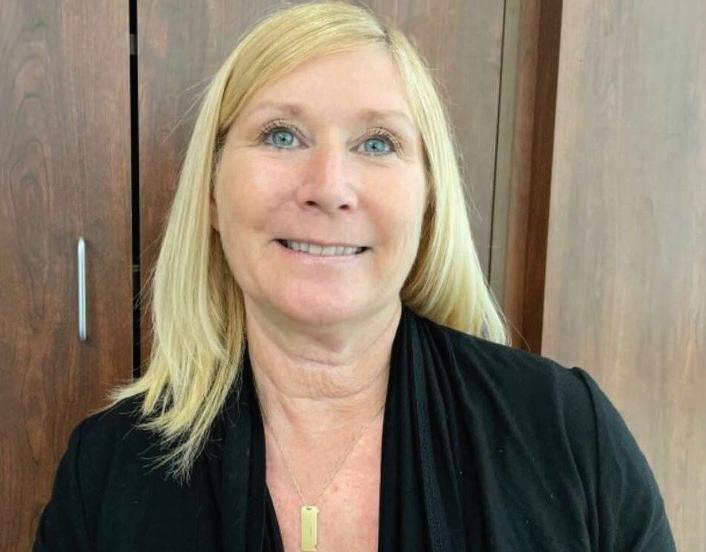
“There's a lot of information involved. Patients can get confused about it. So I take care of that. I try to spend a lot of time with my patients explaining this. Going through the images,” Sanz says.
“A lot of my patients have never seen their own mammogram,” he adds.
“They’ve never seen their own tumor. How does it look?”
Keller says not only was she not going to battle cancer alone, the disease wasn’t
Chambers
going to interrupt her routine. She worked out with a kettlebell weight. And Keller and a friend still walked the hills near Keller’s home twice a week, sharing laughs and stories.
She got support from her biological family and work family. One female student at Alton High School, where Keller works, told Keller she temporarily lost her hair due to a serious infection.
“If she can come to school and have her peers see her with her short hair now, knowing she had long hair earlier in the year, I don't have to wear my wig anymore,” Keller says. “So
I saw her two or three days after I started wearing my regular hair, and I told her, ‘You are my inspiration’.”
Sanz and Chambers want women to commit these numbers to memory: Start getting a yearly mammogram at age 40. If you have a family history of breast cancer and get an order from your primary care provider, you can start as young as 30. “Screening is the best tool we have at this moment in order to decrease the mortality of cancer,” Sanz says.
Chambers adds that unless you’re approaching end of life care, there’s no reason to stop getting the yearly breast
checks.
“Women who are thriving and are doing well and have the chance of living the next five years, by all means get their mammogram,” Chambers urges. “Because we can give them that five years by saving them and finding and diagnosing and treating right away.”
Chambers says monthly selfchecks of your breasts are equally as important. “Any woman of any age should do a monthly check. Pick a day out of the month. I want to do it on the first. I'm going to check both breasts,”
Chambers suggests. “That way you know your breast.
You know how they feel. You know if you have lumpy breasts or not. And so if something changes, something seems abnormal, something feels different, then you get it checked [by a health care provider].”
Sanz is all-in on both types of breast checks, too. That’s because 80 to 90% of the patients he sees who are later diagnosed with breast cancer don’t present any symptoms like breast pain or skin abnormality. Rather, they are in Sanz’s office because a mammogram caught something.
OSF Healthcare for The Telegraph
Manywomen are concerned about the potential for developing breast cancer in their lifetimes. Breast cancer is the second-most common cancer among women in the United States and Canada. Despite that prevalence, there are ways for women to reduce their risk for breast cancer.
While it is impossible to change family history or genetic markers like gene mutations that increase breast cancer risk, the following are seven ways women can lower their risk.

1. Exercise regularly and maintain a healthy weight. Physical activity and monitoring calories can keep weight in check. The Mayo Clinic recommends at least 150 minutes per week of moderate aerobic activity or 75 minutes per week of vigorous aerobic activity. Strength training at least twice a week also is recommended. Being overweight or obese increases a woman’s risk for breast cancer.
2. Consume a healthy diet. The link between diet and breast cancer risk is still being studied. However, research suggests that a diet high in vegetables and fruit, and calcium-rich dairy products, but low in red and processed meats may lower breast cancer risk.
3. Avoid or limit alcohol consumptions. Alcohol increases risk of breast cancer, even in small amounts. For those who drink, no more than one alcoholic drink a day should be the limit. The more a woman drinks, the greater her risk of developing breast cancer, states the Mayo Clinic.
4. Undergo genetic counseling and testing. Women concerned about a genetic connection or family history of breast cancer can speak to their doctor about testing and counseling that could help them reduce their risk. Preventive medicines and surgeries might help those at elevated risk for breast cancer.
According to the American Cancer Society, breast cancer mainly occurs in middle-aged or older women. In fact, the median age at the time of a breast cancer diagnosis is 62. Though it’s possible for women far younger than 62 to be diagnosed with breast cancer, the ACS reports that only a very small number of women younger
5. Limit hormone therapy. Combination hormone replacement therapy for postmenopausal women may increase risk of breast cancer, indicates the Centers for Disease Control and Prevention. Similarly, taking oral contraceptives during reproductive years may increase risk. Women can speak with their physicians to weigh the pros and cons of taking such hormones.
6. Breastfeed children, if possible. Breastfeeding has been linked to reducing a woman’s risk of developing breast cancer.
7. Learn to detect breast cancer. Women should get to know their bodies so they can determine if something is awry as early as possible. Early detection of breast cancer increases the chances that treatment will prove successful.
Women can embrace various strategies to reduce their risk of developing breast cancer.
than 45 are diagnosed with the disease each year. Despite the average age of onset being over 60, breast cancer is highly treatable. The World Health Organization notes that breast cancer treatments routinely achieve survival probabilities of 90 percent or higher. However, those probabilities decline considerably in lower-income countries
where access to screening and other medical services is limited. For example, the WHO notes that five-year survival rates for breast cancer routinely surpass 90 percent in high-income countries like the United States and Canada. However, those rates are as low as 40 percent in South Africa, where early detection of the disease is less likely
than it is in wealthier nations. That disparity in survival rates underscores the need for greater resource allocation in lower-income countries, but also highlights the effectiveness of screening and other measures in high-income countries where women are taught to report any abnormalities with their breasts.
The median age at the time of a breast cancer diagnosis is 62.
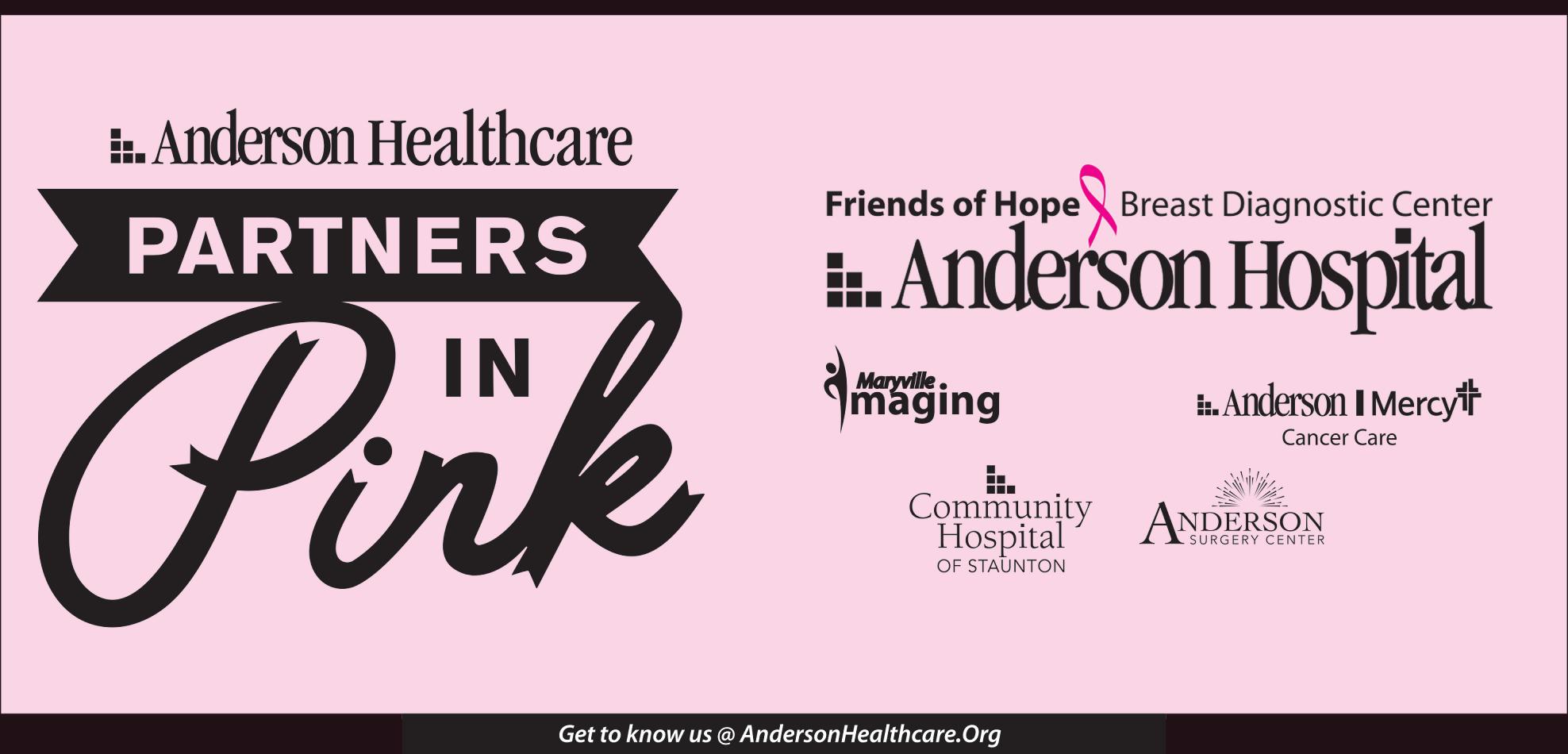


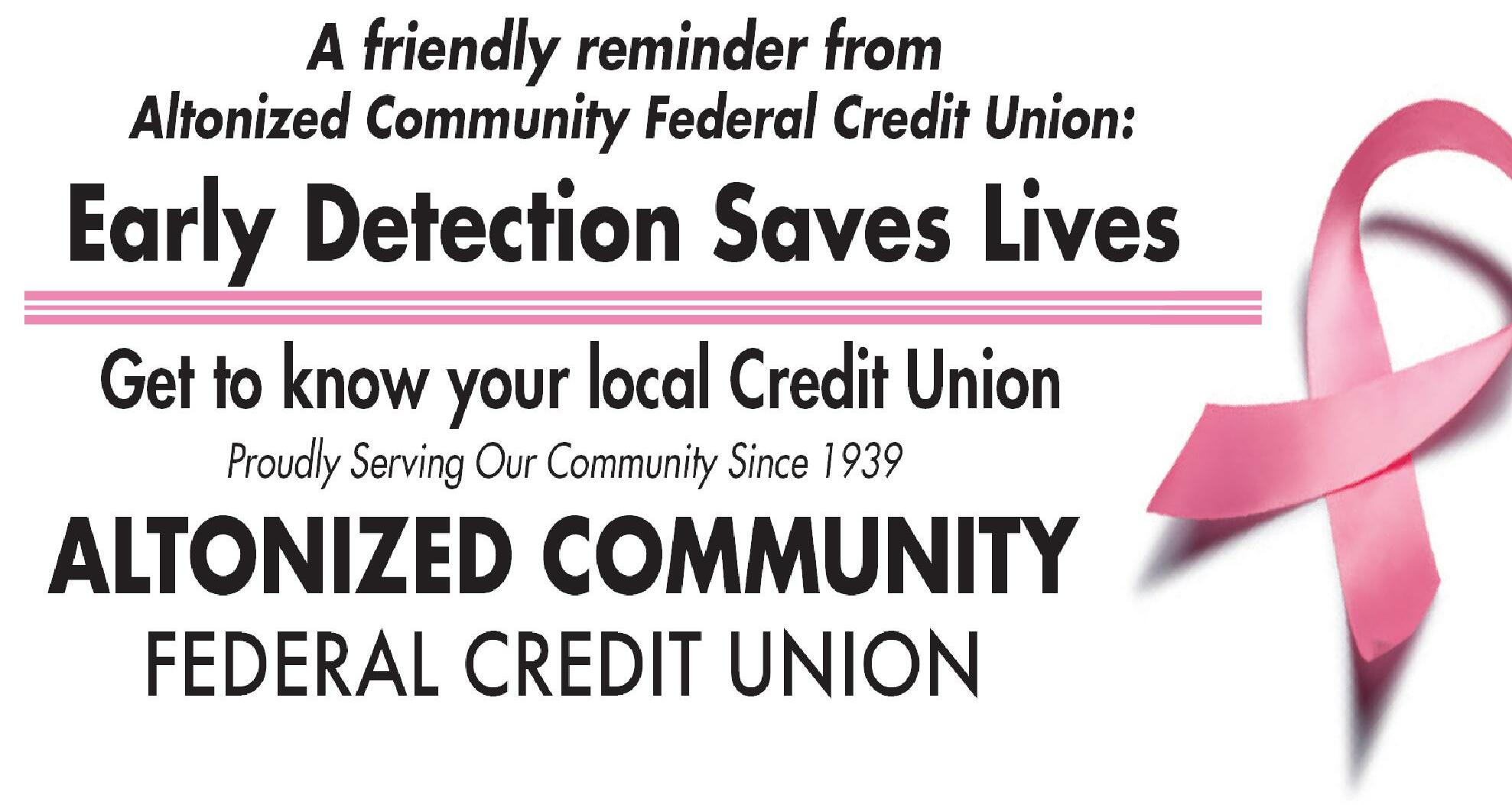


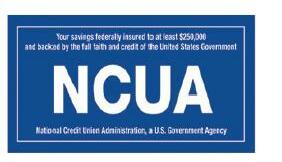

















Millions of people across the globe will be diagnosed with breast cancer this year. In fact, only certain skin cancers affect more women than breast cancer within the United States and Canada.

The World Cancer Research Fund International says breast cancer is the most commonly diagnosed cancer in women across the globe.
Belgium, The Netherlands and Luxembourg had the highest number of breast cancer cases in 2020, while Barbados and Fiji had the greatest number of deaths attributed to the disease. Some of these high case numbers may be attributed to women with family histories of breast cancer — something that increases risk significantly. BreastCancer.org indicates that women with close relatives who have had breast cancer, such as sisters, mothers or grandmothers, are at considerably higher risk of developing breast cancer themselves. Also, breast cancer may occur at a younger age in women with family histories of the disease.
Understanding breast cancer risk is vital for women’s health. The following breakdown, courtesy of the Centers for Disease Control and Prevention, can help women from all backgrounds understand their risk for breast cancer.
No first- or second-degree relatives with breast or ovarian cancer, or one second-degree female relative with breast cancer (in one breast only) diagnosed after age 50.
This is a somewhat higher risk that may not turn into breast cancer. It occurs when there is one or two first-degree or two second-degree female relatives with breast cancer (in one breast only), with both relatives diagnosed after age 50; otherwise, one or two first- or second-degree relatives with high grade prostate cancer.
Women with strong risks have much higher chances of developing breast cancer than the general population. Conditions like having one or more first- or second-degree relatives with breast cancer diagnosed at age 45 or younger, triple negative breast cancer, primary cancer of both breasts, and both breast and ovarian cancer in the same relative are warning signs of increased risk.
It’s important for women with increased risk for breast cancer due to family history to discuss options with their doctors. More frequent mammograms and other screening tests may be recommended, and screening at younger ages than the standard age also may be considered. Women who are at high risk may be urged to undergo genetic counseling and testing for hereditary breast and ovarian cancer markers.
Breast cancer can be an especially scary prospect for women with family histories of the disease. By familiarizing themselves with their risks for breast cancer, women can take the necessary steps to protect their long-term health.
No woman is immune to breast cancer. However, some women with extensive family histories of the disease may wonder if they’re more vulnerable to breast cancer than those without such a link. According to the Centers for Disease Control and Prevention, roughly 3 percent of breast cancers result from inherited mutations in the BRCA1 and BRCA2 genes that are passed on in families. Inherited mutations in other genes also can cause breast cancer (as well as ovarian cancer), but BRCA1 and BRCA2 are the most commonly affected genes. And it’s not just women who can inherit these mutations. Though men account for only a small percentage of breast cancer patients, they can get the disease, and those who inherit mutations in BRCA1 and BRCA2 are more likely to develop breast cancer than other men. The CDC notes that not everyone who inherits a BRCA1, BRCA2 or other mutation will develop breast cancer, and women with such mutations can take steps to help lower their risk for the disease. Doctors can discuss those steps with women, but they may include genetic counseling and testing. The CDC also notes that, even in instances when counseling and testing is not ultimately recommended by a physician, women should consider talking to their doctors about starting mammography screening in their 40s. That’s earlier than some organizations recommend, though physicians may feel it’s worth it depending on the individual.
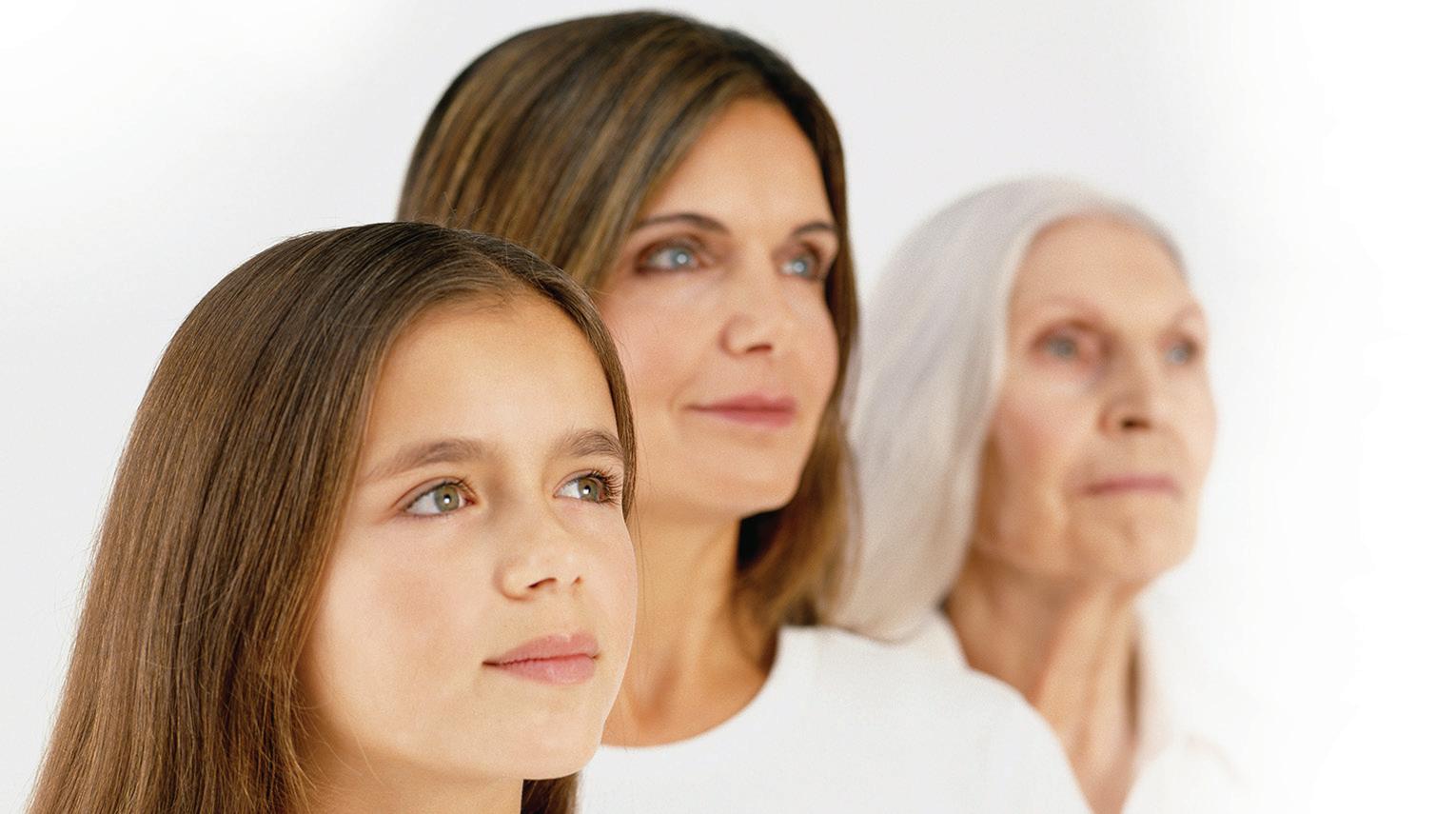
Women are urged to report any abnormalities in their breasts to a physician immediately.
Breast cancer is the most commonly occurring cancer in women across the globe.
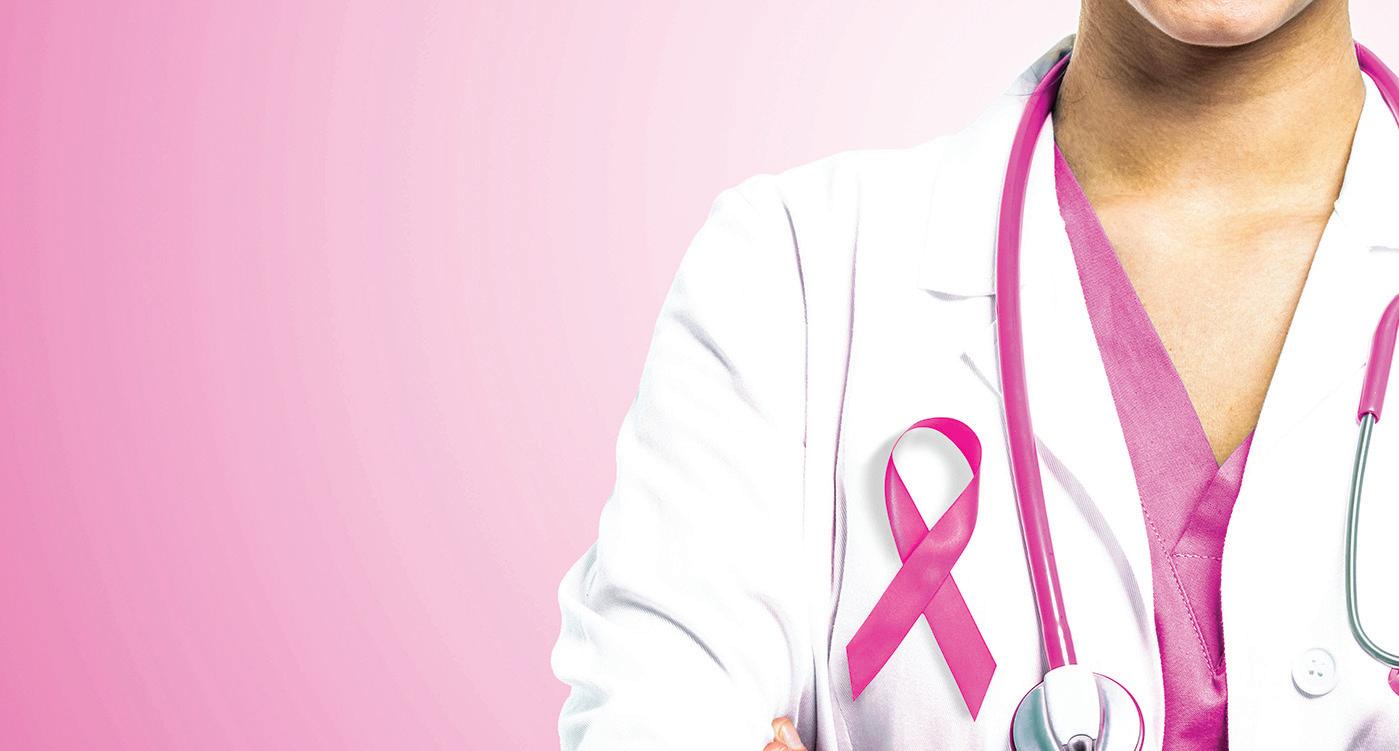
According to the World Cancer Research Fund International, there more than 2.26 million new cases of breast cancer in women in 2020. Such figures are sobering, but it’s important to recognize that breast cancer survival rates have improved dramatically in recent decades, providing hope to the millions of women who may be diagnosed with the disease in the years to come.
Various factors have helped to improve breast cancer survival rates, and education about the disease is certainly among them. Women are their own greatest allies against breast cancer, and learning to spot its signs and symptoms is a great first step in the fight against this potentially deadly, yet treatable disease.
The American Cancer Society urges women to take note of how their breasts normally look and feel. That knowledge is vital because it helps women recognize when something does not look or feel good to the touch with their breasts. Screening alone may not be sufficient, as the ACS notes that mammograms do not find every breast cancer.
When women are well acquainted with how their breasts look and feel, they’re in better position to recognize any abnormalities, which may or may not be indicative of breast cancer.
The ACS reports that the following are some potential warning signs of breast cancer.
• A new lump or mass:
The ACS indicates that this is the most common symptom of breast cancer. A lump or mass that is cancerous is often painless, but hard and has irregular edges. However, lumps caused by breast cancer also can be soft, round and tender. Some even cause pain.
• Swelling:
Some women experience swelling of all or part of a breast even if they don’t detect a lump.
• Dimpling:
The skin on the breast may dimple. When this occurs, the skin on the breast sometimes mimics the look of an orange peel.
• Pain:
Pain on the breast or nipple could indicate breast cancer.
• Retraction:
Some women with breast cancer experience retraction, which occurs
when the nipple turns inward.
• Skin abnormalities: Breast cancer may cause the skin on the breast to redden, dry out, flake, or thicken.
• Swollen lymph nodes: Some women with breast cancer experience swelling of the lymph nodes under the arm or near the collarbone.
The presence of any of these symptoms merits a trip to the doctor. Women with these symptoms should not immediately assume they have breast cancer, as the ACS notes that various symptoms of breast cancer also are indicative of non-cancerous conditions that affect the breasts. Only a physician can diagnose breast cancer, which underscores the importance of reporting symptoms to a doctor immediately.

T in the staging system refers to the tumor’s size and whether it has spread to the skin or chest wall under the breast. Higher numbers refer to larger tumors and greater spread.
TX: A primary tumor cannot be assessed.
T0: No evidence of primary tumor.
Once a person is diagnosed with cancer, his or her physician will try to determine how far the illness has progressed, including whether or not it has spread to other areas of the body. This effort is known as “staging.” Each cancer has its unique staging characteristics, and breast cancer is no different. The stage of the cancer ultimately refers to how much cancer is present in the body, indicates the American Cancer Society. Doctors treating breast cancer adhere to the TNM staging system, which is overseen by the American Joint Committee on Cancer. This staging uses both clinical and pathological (surgical) systems for breast cancer staging. Pathological staging may be more accurate because it examines tissues taken during surgery or a biopsy.

T1: Tumor is 2 centimeters (cm) or less across.
T2: Tumor is more than 2 cm but not more than 5 cm across.
T3: Tumor is more than 5 cm across.
T4: Tumor is of any size growing into the chest wall or skin.
N in the staging system identifies if the cancer has spread to the lymph nodes near the breast, and if so, how many.

NX: Nearby lymph nodes cannot be assessed, which can happen if they were previously removed.
N0: Cancer has not spread to nearby lymph nodes.
N1: Cancer has spread to one to three axillary (underarm) lymph node(s), and/ or cancer is found in internal mammary lymph nodes (those near the breast bone) on a sentinel lymph node biopsy.
N2: Cancer has spread to four to nine lymph nodes under the arm. One or more area of cancer spread is larger than 2 millimeters (mm).
N3: Cancer has spread to any of the following: 10 or more axillary lymph nodes with area of cancer spread greater than 2 mm; to lymph nodes under the collarbone, with at least one area of cancer spread greater than 2 mm; cancer found in at least one axillary lymph node (with at least one area of cancer spread greater than 2 mm) and has enlarged the internal mammary lymph nodes; cancer in four or more axillary lymph nodes (with at least one area of cancer spread greater than 2 mm), and to the internal mammary lymph nodes on a sentinel lymph node biopsy; to the lymph nodes above the collarbone on the same side of the cancer with at least one area of cancer spread greater than 2 mm.
M indicates if the cancer has spread to distant organs.

M0: No distant spread is present on X-rays or other imaging and physical tests.
M1: Cancer has spread to other organs, notably the brain, bones, liver or lungs as determined by a biopsy or testing.
Note that this staging system also uses substages within each category, which further breaks down breast cancer staging into more characteristics and combinations. The ACS says there are so many possibilities that can go into staging that two women at the same breast cancer stage may have different experiences.
Any sign of an abnormality in the breast or body merits a consultation with a doctor, who can determine if breast cancer is present. Lower numbers on staging are desired, and can be achieved by catching breast cancer early.
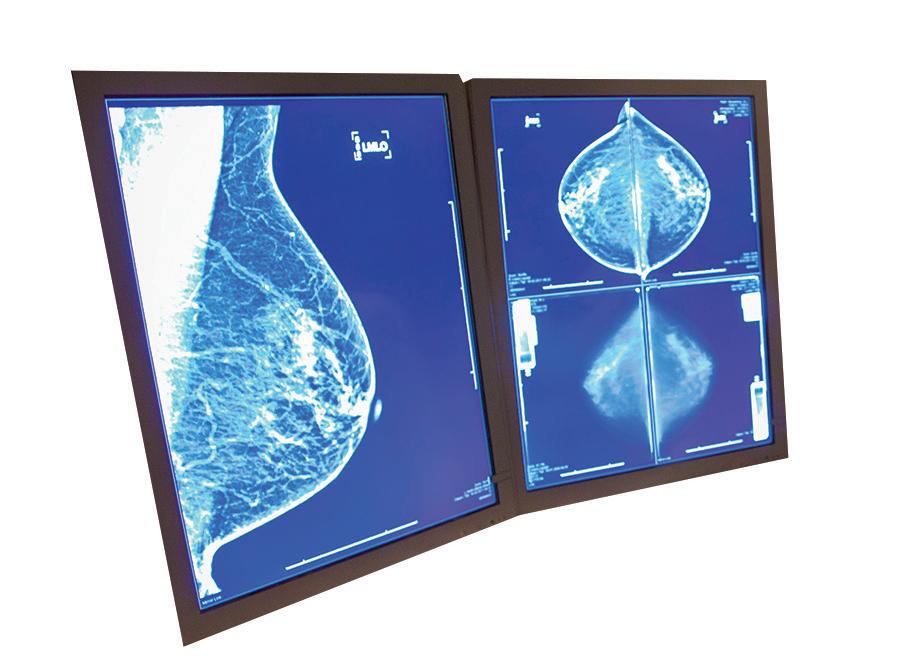
Millionsof women worldwide are diagnosed with breast cancer each year. Such a diagnosis is never welcome, but women should know that survival rates have improved dramatically in recent decades. In fact, the World Health Organization reports that, by the end of 2020, nearly eight million women were living despite having been diagnosed with breast cancer at some point in the previous half decade. One of the reasons for the improved survival rates is the efficacy of various treatments. The National Breast Cancer Foundation, Inc.® notes that doctors have various options to treat breast cancer, and they often devise treatment plans that include some combination of treatments. Though no one wants to imagine receiving a breast cancer diagnosis, understanding the potential treatments for the disease can help women and their families be more prepared should that day ever arrive. The following are three treatment options physicians may discuss with women as they begin devising ways to overcome the disease.
Chemotherapy is used to treat various cancers, including breast cancer. Chemotherapy employs various drugs to destroy cancer cells or slow their growth. The drugs administered during chemotherapy are known as cytotoxic drugs and may be administered orally or intravenously. The NBCF notes that chemotherapy is offered to most patients, though doctors will consider a host of variables before deciding if chemotherapy is right for a given patient. Those variables include the type of tumor, its grade and its size.
During radiation treatments, high energy rays are used to kill cancer cells. Only
cells in the part of the body that is being treated with radiation are affected, so patients needn’t worry that other parts of their body will be hit with radiation. The NBCF reports that patients diagnosed with Stage 0 (DCIS) and most diagnosed with Stage 1 invasive cancer or higher can expect doctors to prescribe radiation therapy. Women who have had a lumpectomy also are likely to be prescribed radiation. Two main kinds of radiation are generally considered for breast cancer patients. External beam breast cancer radiation treatment delivers cancer-killing rays through a large machine. Internal breast cancer radiation is a newer treatment that injects radioactive cancer-killing treatments into the affected area.
The NBCF reports that targeted therapy is commonly used in combination with traditional chemotherapy. Targeted therapy attacks specific breast cancer cells without harming normal cells, which is why it tends to produce less severe side effects than chemotherapy treatments. Targeted therapy employs drugs to block the growth of cancer cells in very specific ways. One example cited by the NBCF is the drug Trastuzumab, or Herceptin®, which is given to women whose breast tumors have too much of the abnormal protein HER2. Though the side effects of targeted therapies tend to be less severe, women may still experience issues like fever and chills, nausea, headaches, and other symptoms after drugs have been administered.
Expanding breast cancer treatments have done much to improve survival rates for patients. Women diagnosed with the disease are urged to play an active role in their treatments and ask any questions they might have before, during and after being treated.
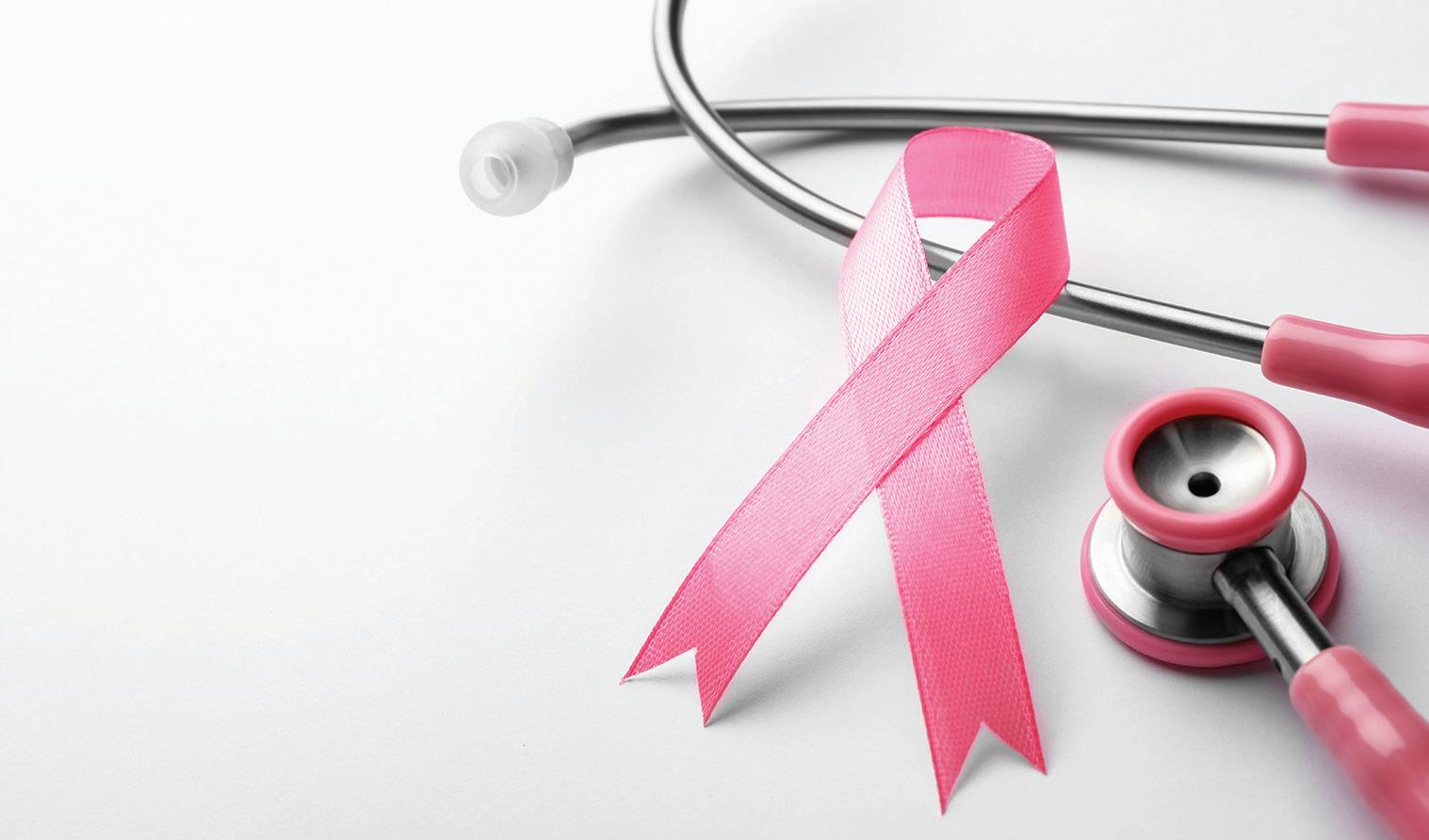
It’s not uncommon for people to experience a range of emotions upon being diagnosed with cancer. Fear, sadness and even confusion are just a few of the feelings people may experience after receiving a cancer diagnosis. Eventually, those emotions tend to settle down, even if the questions about living with cancer are just beginning.

Once the initial emotional whirlwind calms, adults recently diagnosed with cancer may wonder how to go about their daily lives. That includes what to do about work. Sharing a cancer diagnosis with anyone can be difficult, and some people may be nervous about revealing a diagnosis to their employer. Fears about how employers will react and the ramifications treatment could have on their careers may concern cancer patients. In recognition of that difficulty, the Cancer Treatment Centers of America offer these suggestions about sharing a cancer diagnosis with an employer.
• Be direct with your boss. The CTCA recommends cancer patients find a private setting to share their diagnosis with their bosses directly. Bosses should not have to hear the news through a secondhand source like social media or a coworker. Speaking to your boss directly can open lines of communication regarding expectations and how to confront the challenges that could arise down the road.
• Work with your human resources department. Human resources professionals can help cancer patients learn about programs the company may offer and the resources at their disposal as they navigate this sudden change in their lives. HR professionals also can offer insight into how the company has dealt with cancer diagnoses in the past, including information on flexible working arrangements,
such as reduced hours or remote working options.
• Discuss how to share the news. Once your boss and HR department has been notified, seek their input regarding how to break the news to your colleagues. If you routinely work with people across multiple departments, it may be best to inform everyone through email, as it can be exhausting to break the news to each colleague individually. But it’s also alright if you prefer to keep the diagnosis under wraps. In the latter case, it might still be wise to inform those you work with closely each day, as that can help them prepare for increased responsibilities as your treatment progresses and potentially makes it hard for you to continue working full-time. When discussing how to share the news with an HR department, be specific about how much you want to share, as you may only feel comfortable discussing details of your diagnosis with certain coworkers, such as your boss.
• Be willing to accept help. It’s easy for cancer patients to feel like they’re suddenly seen as charity cases upon sharing their diagnosis with an employer and their colleagues. But offers to help come from a good place, and patients would likely offer to help if the shoe was on the other foot and a colleague revealed a cancer diagnosis. It’s alright to tell people willing to help that you’ll let them know if you need anything if and when a difficult situation arises. In the meantime, thank them for their kindness and prepare to lighten your professional load as treatment begins.
Sharing a cancer diagnosis with an employer and professional colleagues can be challenging. But working directly with a boss and HR professional can ensure the process goes smoothly.




















Getting screened has never been easier!
OSF HealthCare offers eas y, convenient online scheduling for screening mammo grams.





Mammo grams are the sing le most e ffective tool in the early detection of breast cancer and are proven to save lives.
W hen cancer is detected early, doctors can beg in treatment be fore symptoms beg in, resulting in a better outcome. Talk to your doctor about breast cancer screening.